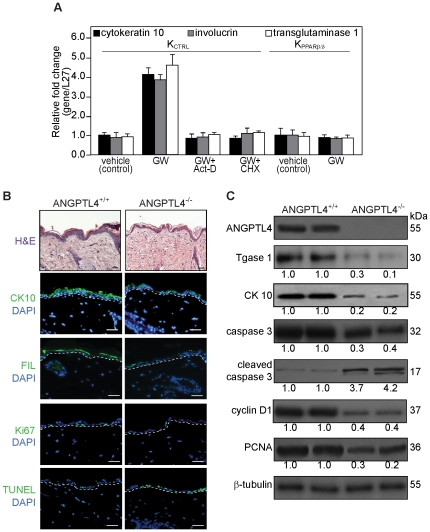Figure 1. ANGPTL4 deficiency in mice impairs epidermal differentiation.
(A) PPARβ/δ regulates keratinocyte differentiation requires de novo transcription and translation. Relative fold change in mRNA levels of cytokeratin 10, involucrin and transglutaminase type 1 in control (KCTRL) and PPARβ/δ-knockdown (KPPARβ/δ) human keratinocytes treated with either DMSO vehicle or PPARβ/δ agonist GW501516 (GW, 100 nM), in the absence or presence of RNA synthesis (actinomycin D, Act-D) or protein synthesis (cycloheximide, CHX) inhibitors as determined by quantitative real-time PCR. Act-D and CHX treatment alone did not affect the transcript level. Ribosomal protein L27 was used as a normalizing reference gene. Values are mean ± SEM of three independent experiments. (B) Haematoxylin and eosin (H&E) and immunofluorescence staining of skin biopsies from wildtype (ANGPTL4+/+) and ANGPTL4-knockout (ANGPTL4−/−) mice. Early (cytokeratin 10, CK10), late (fillaggrin, FIL) differentiation markers, proliferating (Ki67) and apoptotic (TUNEL) cells were identified using indicated antibodies or assay. White dotted lines indicated epidermis-dermis junctions. Sections were counterstained with DAPI (blue). Scale bars represent 40 µm. (C) Representative immunoblot of early differentiation (cytokeratin 10, CK10), terminal differentiation (transglutaminase type I, Tgase 1), proliferation (PCNA and cyclin D1), and apoptosis (cleaved caspase 3) markers in ANGPTL4+/+ and ANGPTL4−/− skin biopsies. Immunoblot data are from three independent experiments performed in duplicate. β-tubulin serves as a loading and transfer control.

